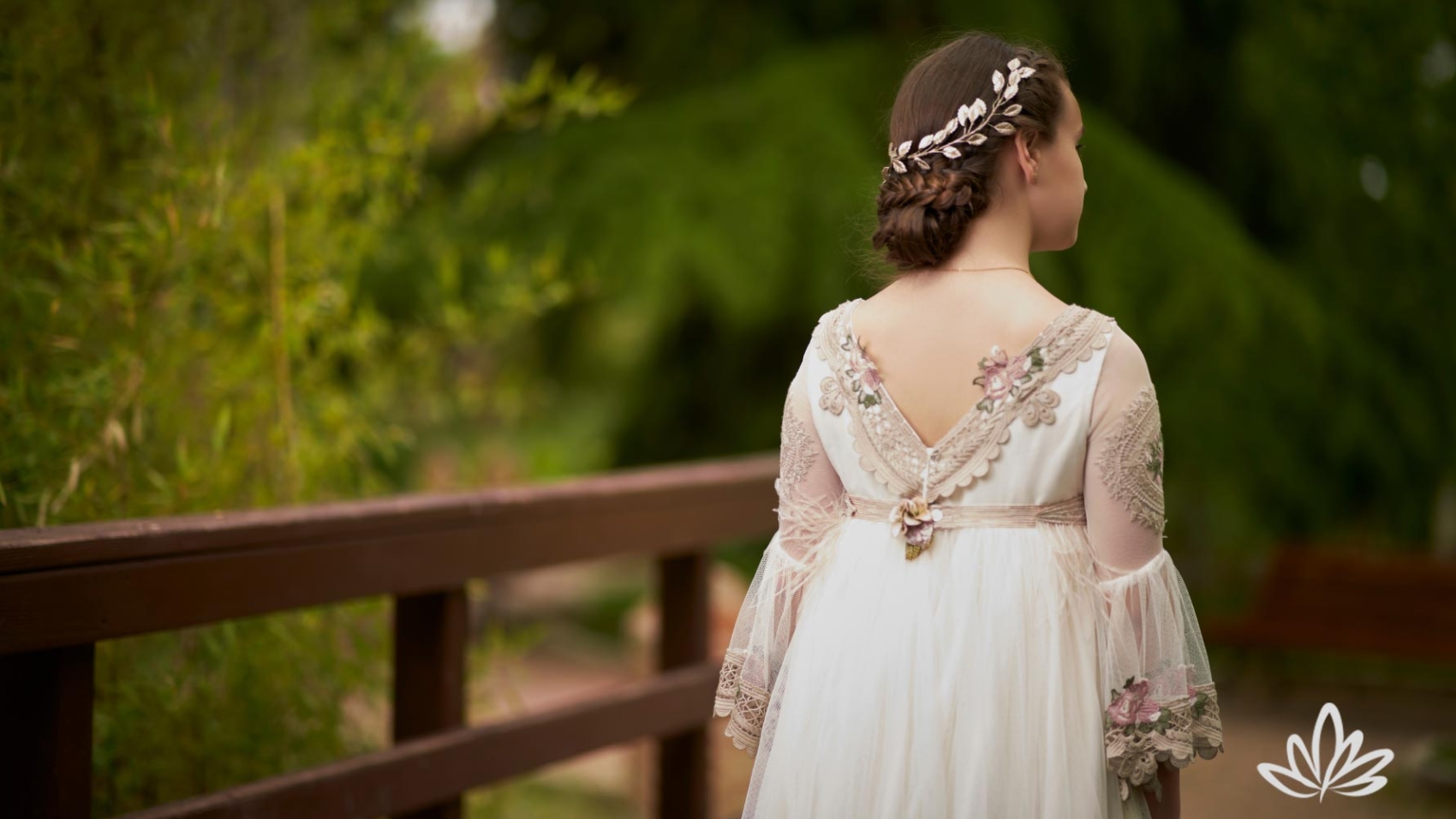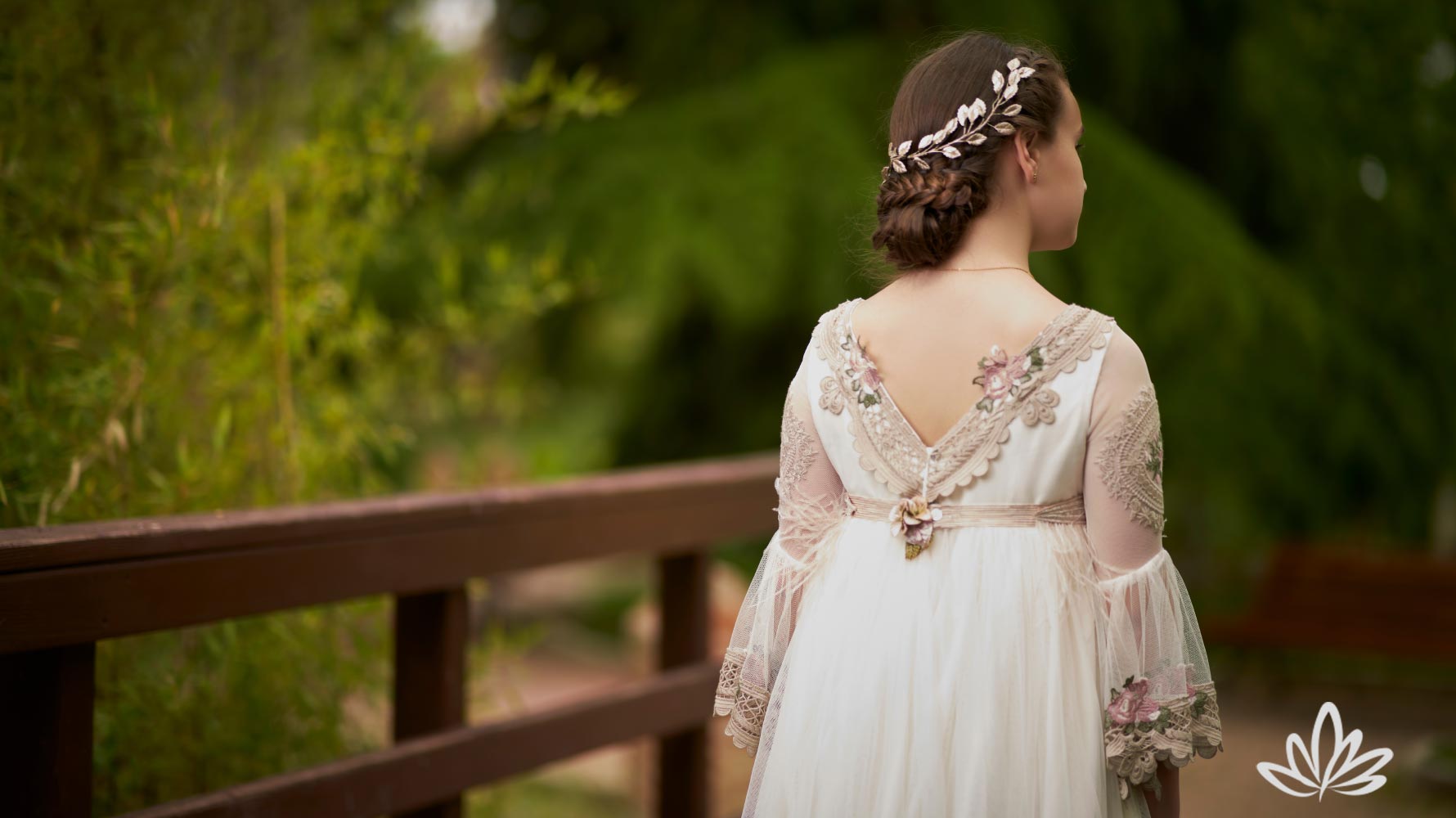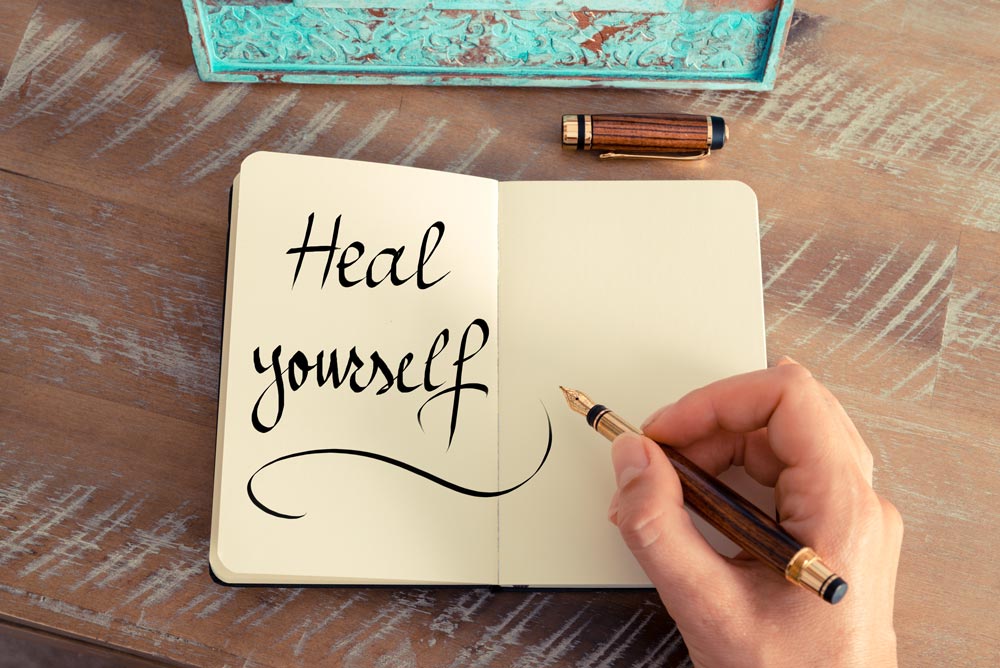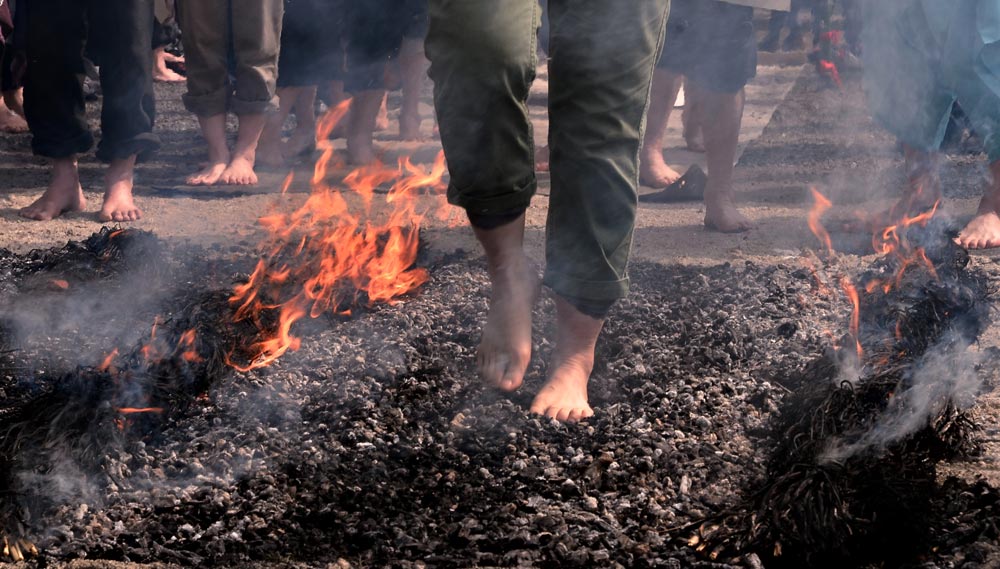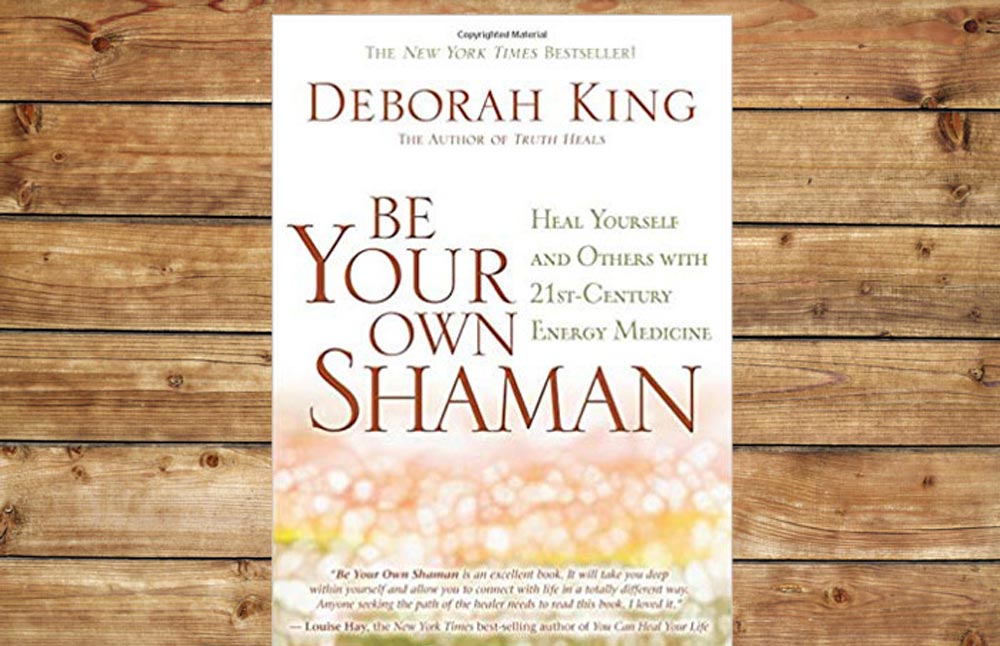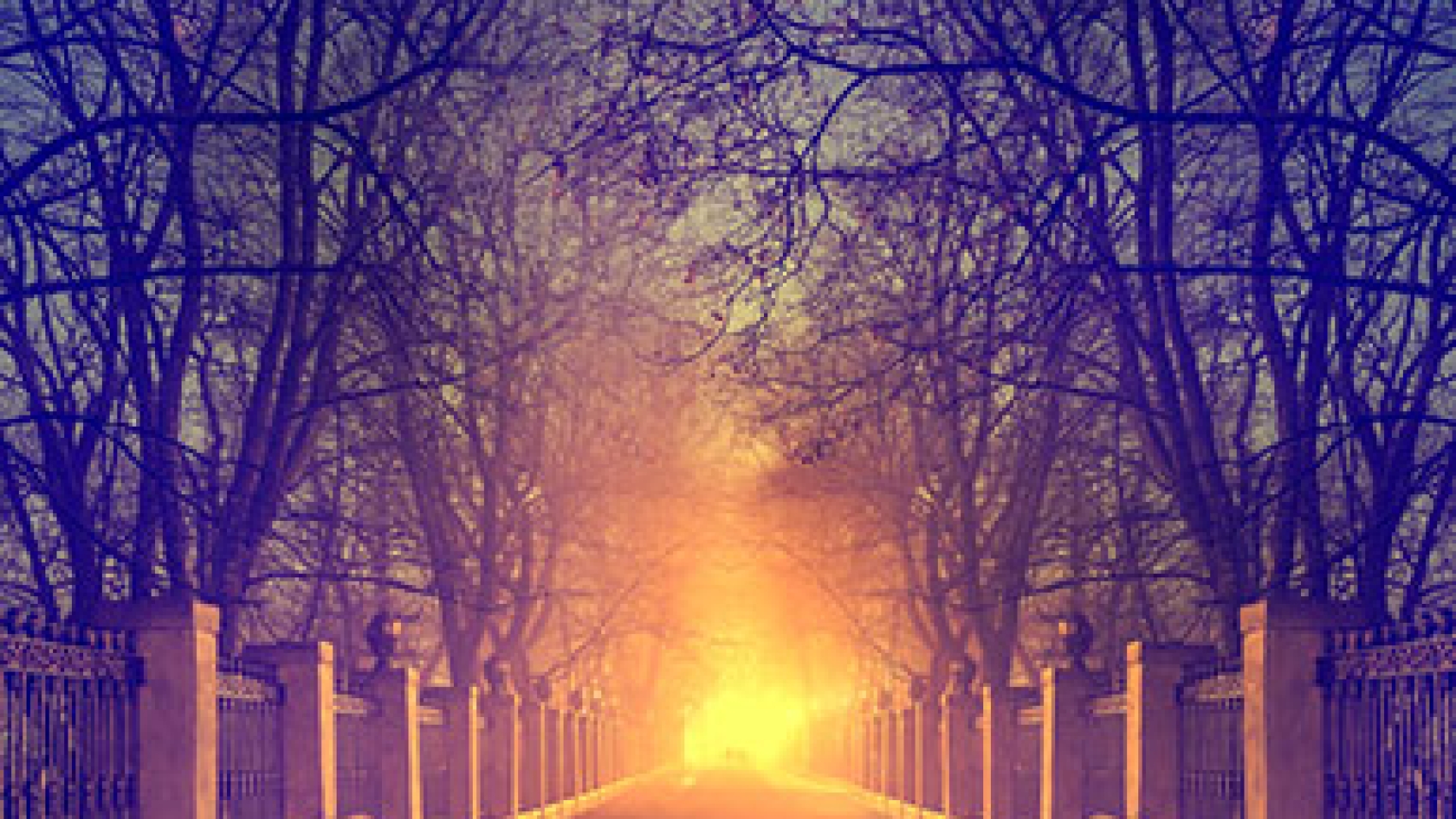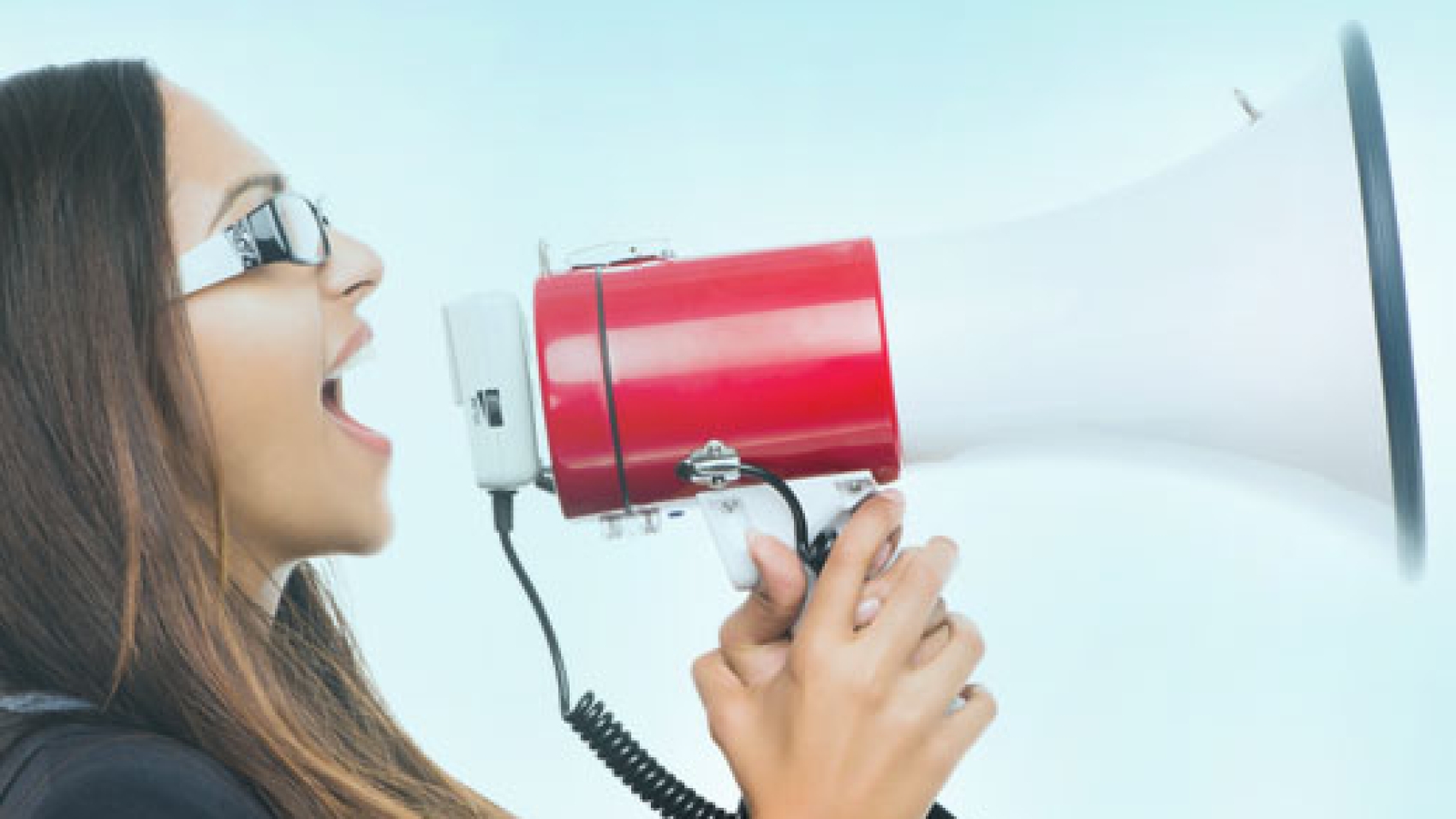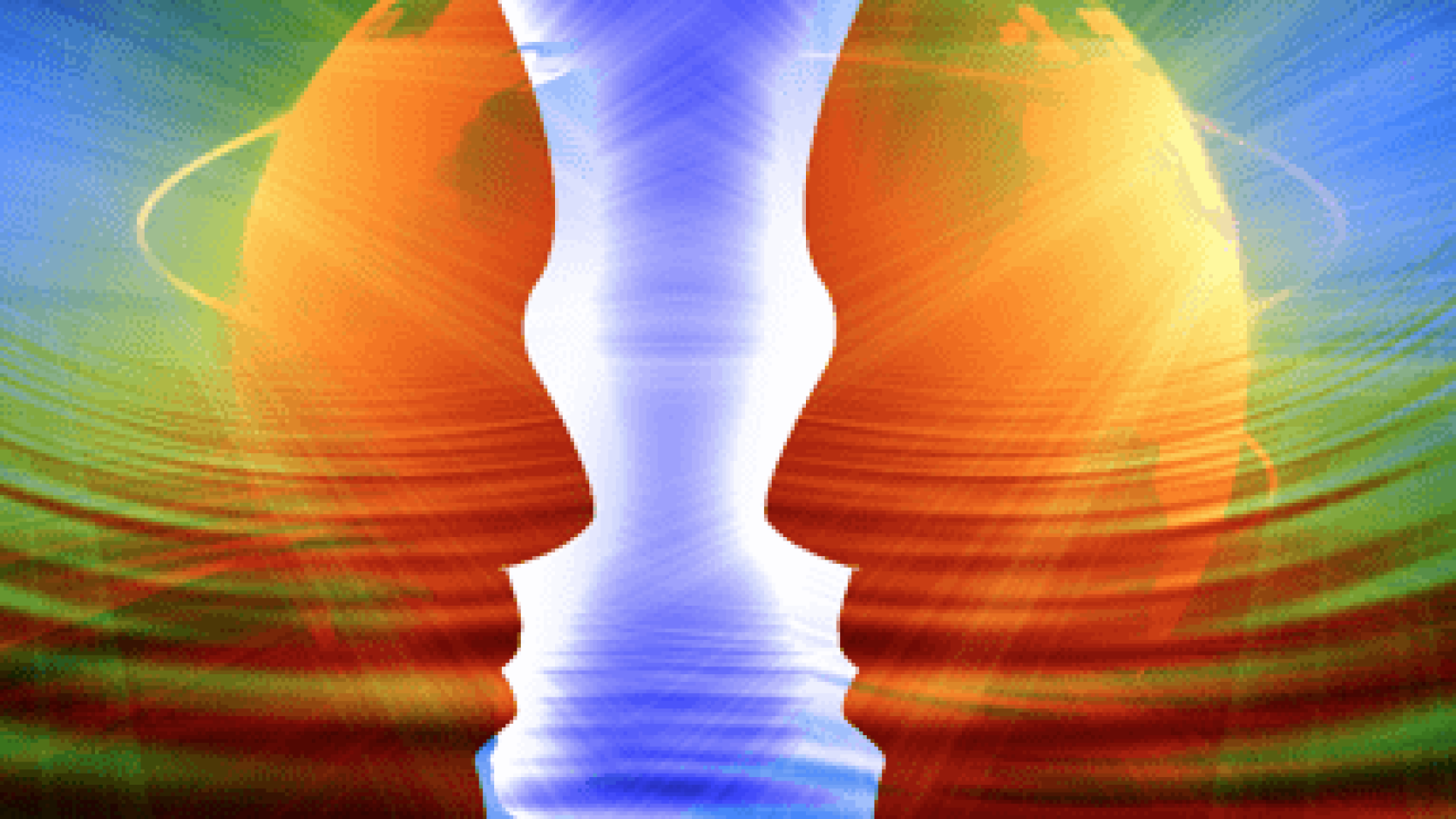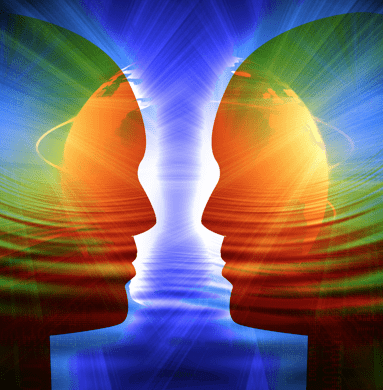Yoga and Energy Healing: Friends With Benefits

Nearly everyday, it seems like there is some new health fad or alternative therapy saying they can help you lose weight fast or detox your system in twenty-four hours or make you happy with a pill. These quick-result claims are usually bogus, and are often actually harmful, because the way you heal yourself is not quickly, but sure and steady like the turtle. Your health is not worth risking for a magical overnight cure, and all true, effective, lasting healing takes some time and effort. But if you want to get the most healing bang for your buck, there is one healing practice that has stood the test of time and is the closest thing to a magical cure you will find: energy healing.
Health Is a Balancing Act
The mind-body-spirit connection has been well established by studies and research that illustrate that your system is a balancing act: each aspect of your being—mind, emotions, body, and soul—affects the other aspects directly. Unprocessed emotional trauma can block your chakras, disrupting your energy flow, and those distortions in your chakras can cause physical illness or injury. Spiritual depression, too, can cause physical depression—an experience you may have gone through before finding the right spiritual path—and physical pain can cause spiritual pain or lack of faith.
Think of each element of your being like a support beam in a house. When one beam cracks or fails, the whole building is weakened and becomes more susceptible to additional problems. You are like that house; when your chakras are blocked or your body is ill or any foundational part of you is somehow not functioning properly, it throws the whole structure—you—out of balance, and leaves you open to further harm.
How Many Ways Is Yoga is Good for You?
This is where energy healing can come in and save the day. As an energy healer and spiritual teacher, I introduce my students to many techniques that clear, charge, and balance their chakras and energy field and therefore heal the rest of them: journaling, meditation, being of service, forgiveness, shamanic breath work, Ayurveda, and many more. Today, I’d like to focus on one technique that is nearly as old as energy medicine itself: yoga.
This ancient Indian practice has soared in popularity, with yoga studios everywhere and yoga clothes as their own fashion trend. This spiritual practice is now done by everyone from celebrities to businessmen to schoolchildren, and most people know at least a pose or two. There have been many studies and plenty of evidence to support the wide range of positive results attributed to yoga that it’s now well known for its myriad health benefits.

Physically, yoga improves flexibility and muscle strength, aids digestion, helps you sleep better, lowers blood pressure, ups your immune function, decreases pain, and even increases sexual performance! Mentally, yoga helps you focus, releases stress, reduces anxiety, and calms your thoughts. Yoga has also been linked to higher self-esteem, amplified inner strength and power, deeper awareness, and more peace. Plus, it can help you tone your body and lose weight. And this is just the tip of the yoga iceberg!
Yoga’s Spiritual Side
At its core, Yoga is a spiritual practice, passed down from yogis who devoted their lives to spiritual pursuits, and “yokes” the body and the soul energetically, just as does the practice of energy healing. Yoga uses movement or postures, called asanas, to revitalize your nervous system, your circulation, and your flow of prana, positively affecting your personal energy field. Yoga also emphasizes the breath, or pranayama, and uses the breath to move prana in and out from your body during the movements. The asanas and breathing are done together in a specific way to soothe and link your body and mind, clear and balance your chakras, and bring you in touch with Source.
Yoga makes a great complement to your energy medicine practice and any of my healing courses. Yoga is not just about stretching your mind and body, but about really connecting to yourself on a deep spiritual level, grounding you to the Earth and your physicality so that you have roots from which to grow your spirituality, and increasing the flow of energy within you. Yoga and energy healing both strive for harmony and balance, clarity of thought and intention, and a deeper understanding of your higher self.
In its own way, yoga is a type of energy healing, so when you practice yoga and energy healing together, the results will multiply exponentially. They’re like friends with benefits, each helping to boost the effectiveness of the other, and working toward the same goal of healing and transforming your entire being.
The Ultimate Mystery
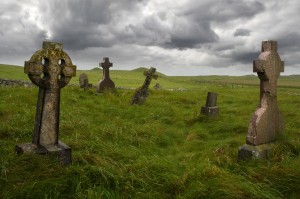
During the weeks I spent helping my 89-year-old mother recover from a bout of pneumonia, I found myself thinking about the way many Americans feel about death. Unlike medical doctors, who see the death of their patients as a personal defeat, I am an energy healer. I know that healing is not the same as curing. We can heal old traumas, rewire our misperceptions and ill-founded beliefs, untie our psychological knots, steep ourselves in gratitude and forgiveness, and yet not recover from diseases that have a firm grip on our physical bodies.
Death is inevitable, so why are most people afraid of it?
Because they can’t imagine what’s on the other side. All fear basically comes down to a fear of the unknown. And death is the ultimate mystery: uncharted territory, the unrevealed secret, the uncertain future. Personally, as someone who can hear the dead, I am certain that death is not the end. I also know that we are here—in bodies on Earth—to get over our issues, whatever they may be. It was always difficult between my mother and me, so I am working on healing our relationship while we are both still here.
To read more, go to http://www.huffingtonpost.com/deborah-king/facing-the-great-unknown_b_4616521.html
Sticks and Stones: Words DO hurt.

Sticks and stones may break my bones, but words will never hurt me.
We have all heard this expression as kids. While this may have seemed like a great tactic to use on the playground in self-defense, words actually CAN and DO hurt. And the pain caused from them often lingers long past the healing time of any cut or broken bone. Some words can cause pain that may never go away, or create an “invisible” scar that one carries around their entire life. The memory of painful words can lead to a lifetime of anxiety, stress, anger, resentment, and fear, among other feelings.
In today’s modern, western society of free thinking and free speech – both wonderful rights which we are blessed to have – we now have the tools to use our words to make an even deeper impact and reach an even broader audience. On the bright side, we can spread a message of peace, love and tranquility to the world. We can put kind posts on Facebook walls and support each other from afar. We can use our words in a supportive, nurturing manner to make someone feel good about themselves. We have the power to use our words to make others happy.
At the opposite spectrum, we can hurt each other on an even deeper level than ever before, with just our words. Sadly, many kids today don’t just use mean names on the playground as a form of bullying. They now use the power of the Internet to post terrible, hateful words they may not have ever even dared to utter in person – words so hurtful and cruel that several kids with bright futures have turned to suicide to escape from them. The tragedy of cyberbullying has become so widespread that there is now new legislation being drafted to combat it.
Your words can cause harm.
Too often, we may say something without thought. We may believe what we are saying is right and believe are words will help. In fact, we can still cause damage with our words.
We may be challenging a person’s way of thinking or actions. While we may all be speaking the same language, words can be misinterpreted or misread. Sometimes clarification or further questioning is needed to understand the meaning behind the words. Despite our best intentions, we can still cause pain with our words.
Do you keep track of how many times you say something that can hurt someone else? Who doesn’t repeat a little bit of gossip here and there? Whether it’s true or false, we can still cause harm with our words.
Watch what you say, say what you mean, and mean what you say.
We are all inevitably prone to hurting someone with our words, even when it is unintentional. No one can live their life walking on eggshells every single day – that is just not realistic. But one choice we can all make is to be aware of what we are saying and its impact on others. After all, words have started and ended wars.
We can think before we speak and choose words that we actually truly mean to use. Think about how your words will sound and be interpreted by the recipient.
Silence can be golden.
Ask yourself, do I really mean to say what I am saying, or am I too rushed or careless right now for the right words? Sometimes it’s best to say nothing at all! And ask yourself, are the words you want to speak necessary for someone to hear, or are you suppressing emotions of your own and looking for an outlet to let them out? Are you healing emotional hurt of your own and seeking a place to take it out on someone else?
Think before you speak and know that you do not always have to fill the silence.
Choose words for kindness.
Be the better person, connect to your higher self and make a point to use your words to make others feel good, not bad.
As Blaise Pascal wrote, “Kind words do not cost much. They never blister the tongue or lips. They make other people good-natured. They also produce their own image on men’s souls, and a beautiful image it is.”
Choose to be one who makes a beautiful image.
Caring for Roberto
I had broken all of the rules about getting too close to Roberto—someone for whom I had played the role of healer. In fact, I had gone so far as to turn my home into a hospice for him.
It had all begun one foggy morning earlier that year. Distraught about being unable to pay his bills, Roberto missed a turn and drove his car off a cliff. He was badly injured, yet he’d managed to crawl back up to the lip of the cliff and was lying in the road. I was on my way to a little chapel not far from my home to meditate in the quiet hours before dawn, driving through the mountains in the darkness, when I saw something that looked like a piece of clothing that had been dropped in the road. As I slowed down to take a closer look, I found a crumpled human being lying there. At once, I slammed on my brakes, jumped out of my car, and ran to his side. A couple also pulled up to help at the same moment and frantically dialed 911 on an early version of a mobile phone. The man on the road was clearly in shock. Having no blanket with me, I cradled his shaking body the best I could with my own body to protect him from the cold.
When I assessed the extent of the man’s injuries, I began to panic. His leg was nearly severed just below the knee, and one of his arms lay completely lifeless on the ground. After what seemed like hours (but was probably no more than 30 minutes), the ambulance arrived, and I followed it to the nearest hospital.
While Roberto was recovering, I visited him nearly every day even though the hospital was about an hour away from my house. His arm began to heal, but after four surgeries to save his leg, it was still in fragile condition. On my daily visits to the ICU, I did hands-on healings on my “patient,” bobbing and weaving like a total fool in full view of the doctors and nurses. Much to my embarrassment, some of the hospital staff watched with unabashed interest while others politely looked away. But no one ever said a word to me.
One day several months after I’d found that poor man in the road, a hospital administrator phoned me at home. Assuming that I was his closest relative, he filled me in on Roberto’s situation. Being an artist who was visiting the United States from his homeland in the former Czechoslovakia, he had no means of support and no medical insurance, so the hospital had been picking up the tab out of their indigent fund. The man on the phone said that this source was now exhausted, and the hospital would have no choice but to put him out on the street the very next day.
I called to alert my husband—who always quietly tolerates my outrageous behavior—and ran to the rescue. I moved Roberto into the guest room. At this point, he still required twice-daily bandage changes and full-on home care, which I did my best to provide.
As we left the hospital, I bluffed my way through wound-dressing 101, assuring Roberto and the nurse: “I’ve had plenty of experience changing bandages on horses. I can do this blindfolded,” when, in fact, I had dissociated and heard not a word of the nurse’s instructions.
Five days later, a home-care nurse came to review the procedure.
“Show me what you’ve been doing,” he said.
“Well, I just unwrap the old . . .”
“Wait!” he exclaimed, incredulous. “You have to glove up!”
Horrified to discover that I’d failed to wear protective gloves when changing the bandages, he muttered something about AIDS and hepatitis and urged me to get tested immediately.
After a month of caring for Roberto, I sensed something odd one day during a bandage change. I immediately loaded him into the wheelchair, transferred him to the car, and drove to his surgeon’s office. This doctor assured me that all was well, but my intuition knew better. I made a few phone calls and found an infectious-disease specialist in town. I wheeled Roberto into the man’s office and insisted that he be seen right away. When the doctor unwrapped the leg, his face turned pale and he looked at me and mouthed, “Gangrene.” He immediately admitted Roberto to the hospital, where he stayed for three months, receiving IV antibiotics in a desperate effort to save his leg and his life. With a bit of sleuthing on my part, combined with persuasive tactics from my days as a lawyer, I convinced the hospital administrators to take Roberto back on the basis of a loophole.
Copyright notice: Excerpt from pages 159-160 of Be Your Own Shaman by Deborah King, published by Hay House Books. ©2011 by Hay House Books.
Mind vs. No Mind
When I was speaking at a conference not long ago, I met a woman named Sandy. She told me that she was 62 years old and had fallen twice in the previous year, breaking bones each time: a couple of ribs in the first fall and a hip in the second. The doctors told her that she had advanced osteoporosis and, naturally, she was quite worried. Sandy didn’t have any idea what was causing such an advanced case at a relatively young age, so she’d come to me for help.
I began by asking her about her childhood, as I had a vague knowing that somehow it was related to her condition. At the same time, I felt into her energy field using my own body as a sensing mechanism. Sandy said that she was born with a hip deformity and had undergone several corrective surgeries before the age of two. This information dovetailed with what I got when she first walked up to me: a lot of fear and a disconnection from the natural world—that is, she didn’t feel connected to the earth and she wasn’t grounded. I concluded that this was likely the result of her early surgeries’ damaging impact on her base chakra.
In Sandy’s energy field, I sensed that her first chakra was distorted in shape and circling in the wrong direction, which means it was unable to take in energy and caused her to exhibit a distorted view of reality. She thought the nature of the world was trauma and pain and that there was danger lurking around every corner. She was also unable to receive any sustenance from Mother Earth, the source of all our strength and health. This explained the weakness of her bones.
Throughout this process, I went back and forth between “Mind” and “No Mind.” We all know what the first term refers to: when we’re thinking with our left brain. In my Mind, I was reviewing what I knew about the condition of osteoporosis and how it’s often a result of a poorly functioning first chakra. From No Mind—that place in ourselves where we sense and feel, and from which we get our intuitions—I received information from the unified field and all of my senses, both normal and paranormal. This is how I obtained the information about Sandy’s childhood and the fact that the base chakra’s condition was a factor.
Next, I focused my attention directly on her physical body and found that her bones had that porous feel I associate with osteoporosis. Again, I moved between Mind and No Mind to arrive at this conclusion. At this point, I was pretty much done with the intake part of the session.
Working in an expanded state, I checked and deepened the connection with my guides (from years of doing this work, I am linked with them constantly). I specifically requested that they work through me, and then I expanded and raised my own energy field to accommodate their higher vibration. The guides began to resolidify Sandy’s bones, using my body as the vehicle.
At the same time, I “heard” what Sandy needed to do in order to get well. Using that information, I gently explained to her that her bone problems were associated with those early childhood surgeries that had separated her from the earth. Therefore, reconnecting to it would help build bone health. I suggested that she walk barefoot on the beach (she lived very near the ocean) and spend time sitting with her back against a tree. These activities would put her in direct contact with earthly energies to further sustain bone strength.
When the guides had finished their work, I used my focused intention to firmly root Sandy’s first chakra and sacrum directly into the earth. I did this without thinking; for me, it’s as automatic as driving a car or brushing my teeth. I also recommended that she take up a practice like yoga, Pilates, or dance to bring her more fully into her body and aid in keeping the grounded connection I had helped her establish.
Some months later, I heard from Sandy. She reported that she was less anxious, more balanced, and peaceful. She had followed my suggestion and was taking dance classes. She had also formed the habits of eating outside at noon, sitting with her back against a tree, and walking barefoot in the sand at least three times a week. Her osteoporosis tests had improved dramatically, and she no longer needed to take medication for the condition.
Much of the information I received about Sandy, you would have picked up, too. In fact, you’re probably already getting more than you realize about people’s emotions and their health. When you become your own shaman, you will know how to go from getting occasional hunches to having fully developed intuitive skills. These are wonderful gifts of the spirit, and you will know that what you receive is highly accurate. Our culture calls advanced abilities “paranormal” or “beyond the norm,” but that’s only because 99 percent of modern humans have turned these sensing abilities off. The good news is that they can be turned back on rather easily.
Excerpt from Be Your Own Shaman by Deborah King (Hay House 2011)

